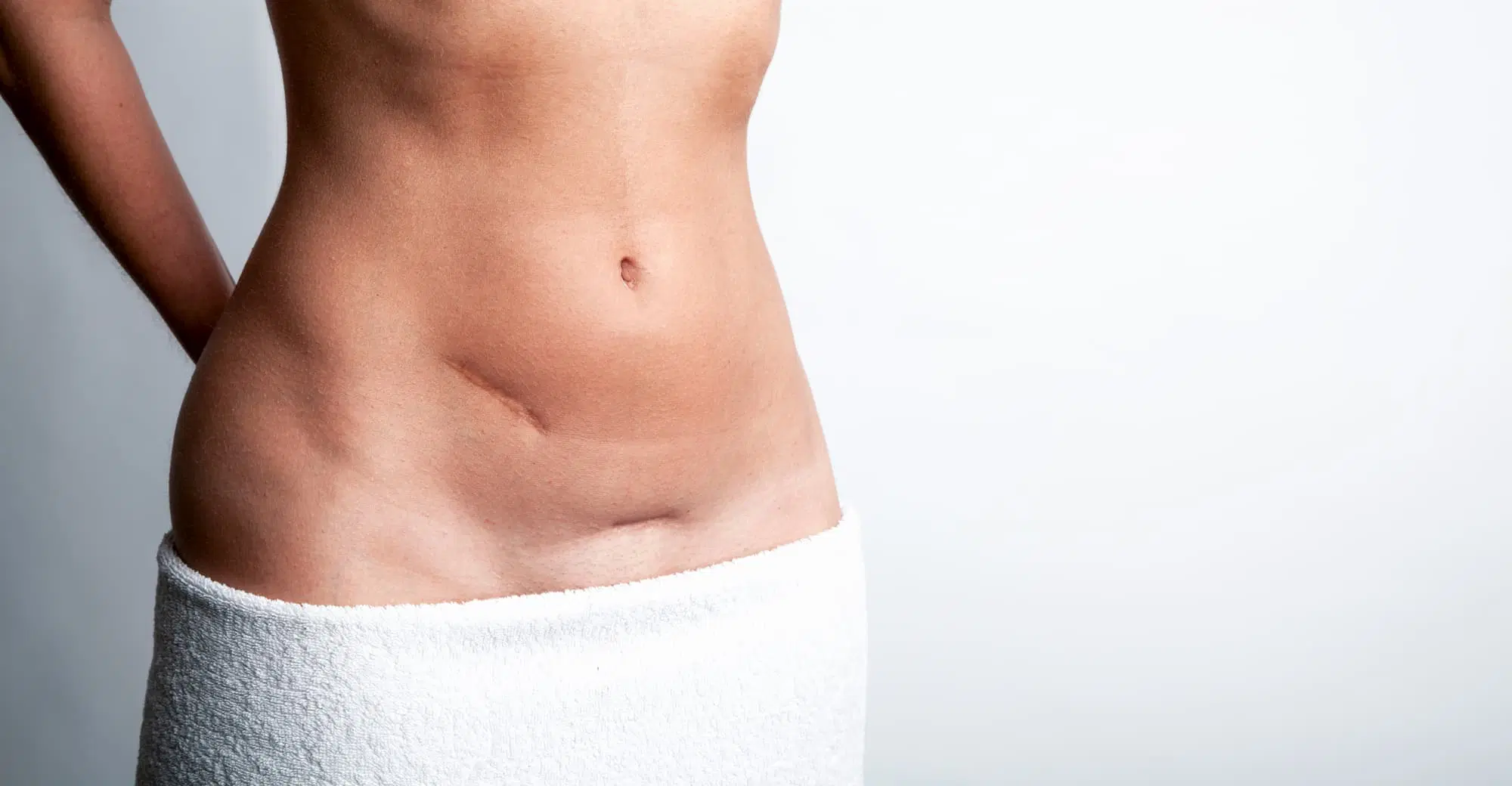Scar revision
Scars are visible signs that remain after a wound has healed. They are the unavoidable results of any
injury or surgery, and their development can be unpredictable. Poor healing may contribute to scars
that are obvious, unsightly or disfiguring. Even a wound that heals well can result in a scar that affects
the appearance. Scars may be noticeable due to their size, shape, or location; they can also be raised
(keloid or hypertrophic scars) or depressed. The scar may be painful or itchy.
The final look of a scar depends on many factors, including the skin type and location on the body, the
direction of the wound, the type of injury, age of the person with the scar, and his or her nutritional
status.

SCAR REVISION – FACTS
| Length of surgery | 30-60 minutes |
| Anaesthesia | Local or general anaesthetic |
| Hospital stay | Day case |
| Risks/complications of surgery | Frequent: Swelling, bruising Infrequent: Infection, scarring, bleeding, wound |
| Recovery | 5-7 days facial sutures removed if used |
| Driving | Usually can drive the same day |
| Follow up | 6 weeks |
| Duration of results | Permanent unless recurrence |
DOWNLOAD FURTHER INFORMATION
Scar Revision Facts
Any plastic surgery procedure is a very personal choice, and understandably there are a number of questions that arise. This information sheet is a general guide for patients considering Scar Removal Treatment under the care of Dr Mackenzie. It should provide the answers to some questions that you may have.
What is a scar?
A scar is a mark on the skin after a wound or injury has healed. When you injure your skin, your body naturally repairs the damage. How your body repairs this damage depends on how deeply the injury penetrates your skin.
If the injury damages the top layer of your skin, you’ll likely see new skin when the wound heals. To repair damage that goes deeper than the first layer, your body makes a tissue that’s thicker than your skin. This thicker tissue often becomes a scar.
New scars have a pink to reddish colour. As a scar matures, it often turns lighter or darker than your skin. Most scars are flat.
What is a scar revision?
A scar revision is a surgical procedure done on a scar by a plastic surgeon to alter the appearance or position of the scar. The revision may improve the cosmetic appearance of the scar, restore function to a part of the body (in case of scar contracture) that may have been restricted by the scar, or
improve an itchy scar. It is very important to remember that scars cannot be completely removed.
What are the different types of scars?
There are many different types of scars, including the following:
1. Hypertrophic scars- hypertrophic scars are similar to keloid scars; however, their growth is confined within the boundaries of the original skin defect. These scars are usually thick and elevated. You can treat hypertrophic scars with silicone gel sheets, scar removal surgery, laser surgery, light therapy, or other ways that make the skin look better. The right kind of treatment depends on where the scar is and how big it is.
2. Keloid scars- these are thick, rounded, irregular clusters of scar tissue that grow at the site of a wound on the skin, but beyond the edges of the borders of the wound. Treating keloid scars might involve surgery to remove them, injections of steroids into the scar, radiotherapy or using special silicone gel sheets.
3. Contractures- contractures are an abnormal occurrence that happens when a large area of skin is damaged and lost, resulting in a scar. The scar formation pulls the edges of the skin together, causing a tight area of skin. Reconstructive surgery and advanced techniques are usually needed to make these scars look and function better (for example Z plasty or W-
plasty).
4. Irregular or discoloured scars.
5. Acne scars.
What are the scar revision treatments available?
There are a few cosmetic treatment options now available that can help reduce the appearance of a scar, whilst also reducing the feelings of tightness and discomfort that scar tissue can cause. These choices range from silicone gel/sheets, sun protection, microdermabrasion, steroid injections, laser
therapy, to surgery – although surgery is only necessary in some cases. The first two options work by removing the top layers of your skin, allowing the skin underneath to grow back smoother so that the scar’s appearance is lessened.
The aim of surgery is to remove excess or raised scar tissue. Sometimes, surgery can also reposition
the scar, so it heals in a less visible way by following the natural contours of your skin. Surgical
management can also be used to release contractures – scar tissue that pulls or restricts the surrounding skin.
What are the risks and complications?
Any operation carries with it the risk of complication. Major complications are uncommon following a scar revision. However, no surgery is without risk and it is important that you are aware of possible
complications so that you can make an informed decision. These include: bleeding, infection, swelling, pain, unsightly scarring, wound healing problems.